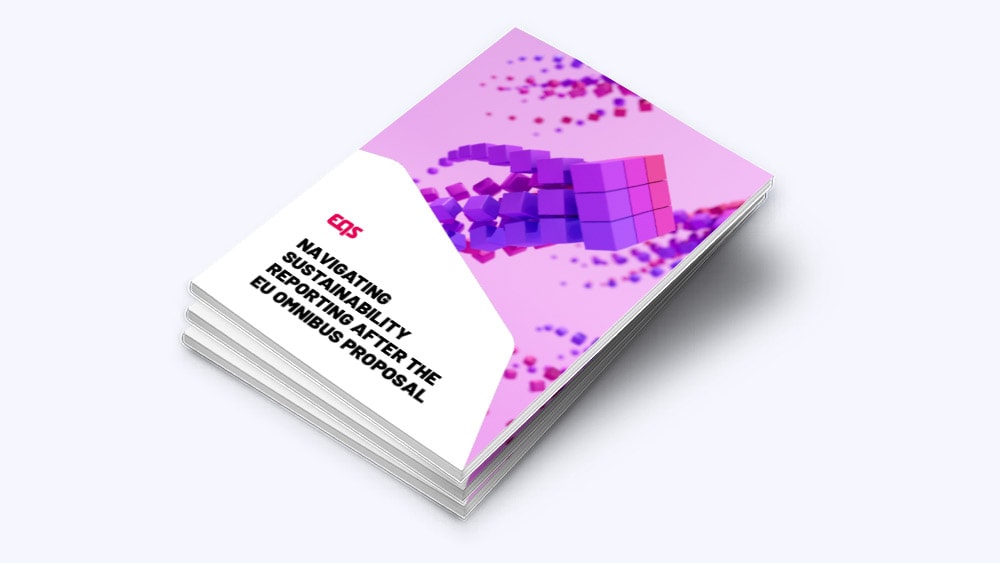Inline XBRL Reporting: Questions, Answers, Solutions
XBRL, iXBRL, Taxonomy & Tagging: This is what companies need to know about the new XBRL reporting format.

You will have certainly already encountered the abbreviations XBRL or iXBRL. You will also be familiar with tagging and taxonomy if your company is listed on an EU-regulated market. All of these terms are associated with the “European Single Electronic Format” (ESEF): the new, EU uniform reporting format, which is intended to ensure better comparability and greater transparency. You can find out more about the political background here.
iXBRL: New markup language becomes mandatory
ESEF has been in force since 1st January 2020. Issuers listed on EU-regulated markets as well as companies in the European Economic Area are therefore obliged to convert their consolidated financial statements into an XML language, the “inline eXtensible Business Reporting Language” (iXBRL), an enhancement of the XBRL markup language. All figures and information in the financial statements are provided with a standardised label (tag). These tags follow a clearly defined IFRS taxonomy, presented in the iXBRL language. It enables IT systems to read annual financial statements/consolidated financial statements fully automatically and to further process information. A comprehensive XBRL taxonomy is provided for this purpose. Furthermore, this format can be opened in any standard browser and displayed like a website. Thus, you can design and prepare the XHTML financial report like a print PDF file according to your wishes.
In order to achieve the desired comparability of financial reports, the ESEF regulation specifies the scope down to the line. Since the line contents are clearly defined, auditors no longer have to deal with different definitions of certain key figures.
XBRL/iXBRL tagging: In-house solution vs. service provider
The implementation of the ESEF Regulation involves considerable effort. The amount of effort required on your part is particularly dependent on whether you implement XBRL/iXBRL tagging etc. yourself or commission a service provider to do so.
If you decide on an in-house solution for XBRL tagging, the initial costs are significantly higher. You will first have to invest in a corresponding software, in the associated system adaptations and probably in the expansion of your personnel resources in accounting/investor relations. Once everything has been implemented, the requirements can be implemented semi-automatically, thus significantly reducing manual effort and sources of error. It is important, however, that you make this decision on a group level, if necessary.
The ESEF taxonomy is based on the IFRS taxonomy of the IFRS Foundation. Experience with the IFRS taxonomy shows that frequent changes and additions are to be expected. You must ensure that the taxonomy and technical standards are always up to date and that innovations at all levels are incorporated into your accounting system. This effort is probably not manageable without additional manpower.
By hiring an ESEF service provider, you can outsource this risk. In addition, the initial investment and additional costs for accounting, IT and investor relations are lower. The costs are calculated per report. You also retain full control over conversion and tagging.

Everything you need to know about ESEF: the context, aims of the new regulation, how it affects companies and much more





